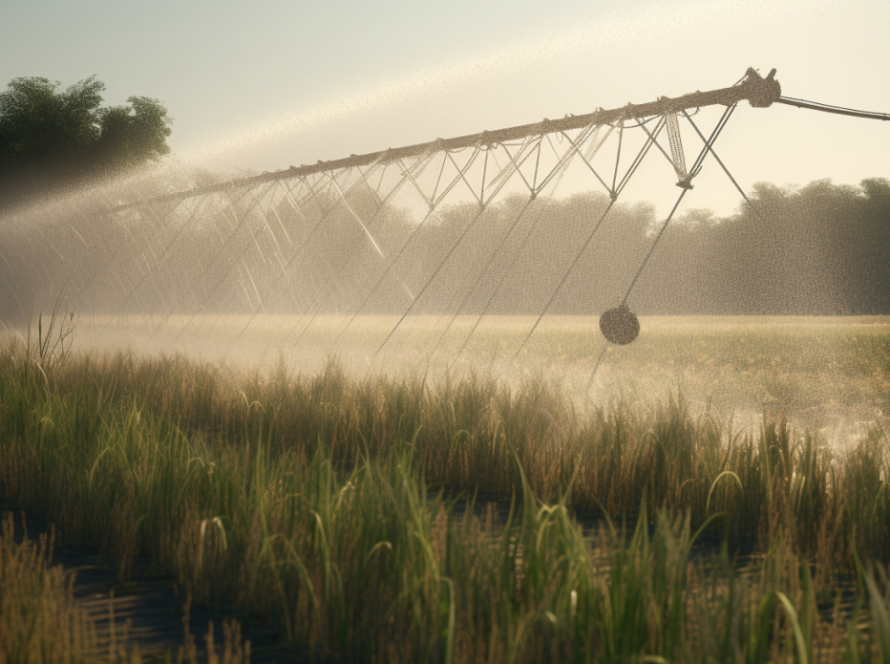Installing plants based on the climatic conditions of your area is essential. Plants grow and develop well in specific climatic conditions naturally. Selecting plants based on your region’s climate will help in healthier growth, reduce the need for excessive watering, and minimize the risk of disease. Here is a simple guide on how to get started:
- Understand your climate:
Every region has its unique climatic conditions, and understanding these conditions is crucial for successful gardening. Various climate classification systems, such as the plant hardiness zone system, provide valuable insights into your area’s average coldest winter temperature, helping you choose plants that can thrive in your specific conditions. This knowledge empowers you to make informed decisions about your garden.
- USDA Plant Hardiness System: Used in USA and Canada
- Köppen-Geiger Climate Classification: Used Globally
- Royal Horticultural Society Hardiness Rating System: Used in the UK
- Australian Plant Hardiness Zones: Used in Australia
- Japanese Plant Hardiness Zones: Used in Japan
- Trewartha Climate Classification: Used Globally
- European Climate Zones: Used in Europe
- Chinese Plant Hardiness Zones: Used in China
- South African Plant Hardiness Zones: Used in South Africa

- Consider your growing season
Understanding the duration of your growing season is an important factor while choosing the right plants. Some places have short summers with cold temperatures, while other places have long summers and mild winters. In regions with shorter seasons, install plants that mature quickly or plants that can handle cold temperatures. During long summers, plants have more time to grow, which means gardeners can grow more plants and can install plants that take a long time to grow. Selecting plants suited to your growing season ensures a productive and successful harvest.

- Match plants to your soil and sunlight
Different plants have varying needs when it comes to sunlight and soil. Some grow well in sunlight, while others prefer shady areas. Observing the amount of sunlight your garden needs and selecting plants suited to those conditions are essential. Similarly, while certain plants require rich, well-drained soil to grow, others are more adaptable and can grow in poor or clay-like soil. Understanding your garden’s sunlight exposure and soil type allows you to choose plants that survive, ensuring a healthy and vibrant garden.

- Water needs matter
Climate significantly impacts your plant’s water requirements. In dry seasons, opt for heat-tolerant plants that require minimal watering and can survive in arid conditions. Conversely, select plants that can endure excess moisture in regions with heavy rainfall without drowning or developing root rot. Understanding your area’s climate and its effect on water availability allows you to plan your garden effectively, ensuring your plants survive and thrive. Adapting your choices to the environment promotes healthier growth, reduces maintenance efforts, and creates a more sustainable garden.

When choosing plants for your garden, consider how much time you can dedicate to maintenance. Some plants need regular care, like watering, trimming, and pruning, while others are low-maintenance and can thrive with minimal attention. High-maintenance plants may require consistent routines, especially if they aren’t suited to your local climate, whereas hardy or drought-resistant plants adapt well to natural conditions. You can create a thriving garden that fits your lifestyle by selecting plants based on your availability and willingness to maintain them.

- Local Expertise
If you need more clarification about which plants best suit your area and climate, contacting local landscaping experts can be helpful. These professionals have in-depth knowledge of the local environment, including soil types, weather patterns, and native plant species. They can provide personalized advice, guiding you toward plants that will survive and thrive in your garden. With their expertise, you’ll learn which plants require minimal maintenance, which are more adaptable to your climate, and how to care for them effectively.

FAQ’s
1. Why is it important to choose plants based on climate?
Selecting plants that suit your climate ensures healthier growth, reduces water usage, and lowers the risk of pests and diseases. It also means less maintenance and better overall garden success.
2. How do I know which climate zone I live in?
You can find your climate zone by checking online maps such as the USDA Plant Hardiness Zone Map or the Köppen-Geiger Climate Classification. These tools help you understand temperature ranges and seasonal patterns in your area.
3. What is the USDA Plant Hardiness Zone, and how does it help?
The USDA Zone system categorizes regions based on average winter temperatures. It guides gardeners in choosing plants that can survive the lowest temperatures typical for their zone.
4. Can I grow tropical plants in a colder climate with proper care?
It’s possible, but challenging. Tropical plants need warmth and humidity, so you’ll need greenhouses or indoor setups during cold months to keep them alive.
5. How do I determine the length of my growing season?
Your growing season is the number of frost-free days in your area. Local agriculture offices or weather data websites can provide this information to help plan your planting schedule.



